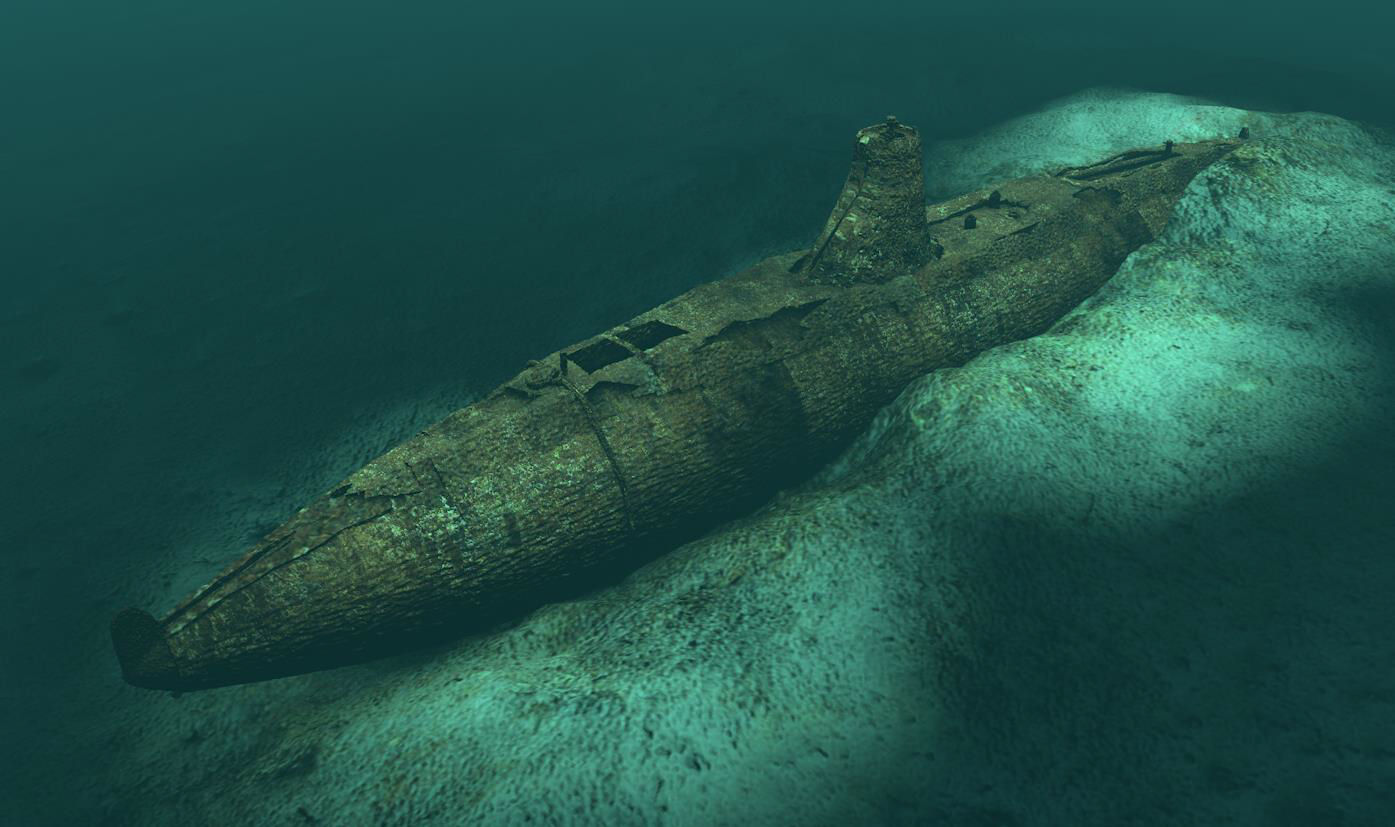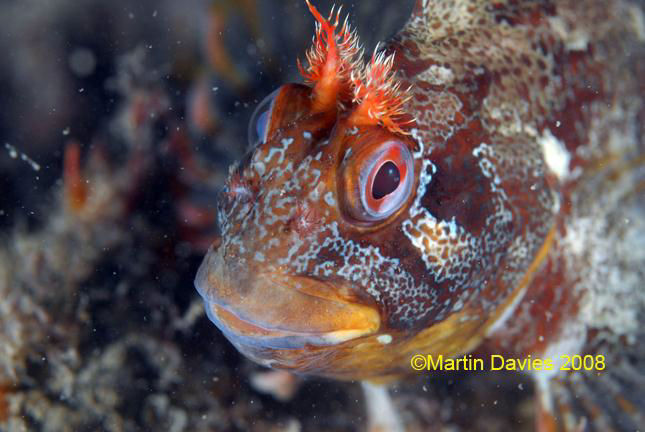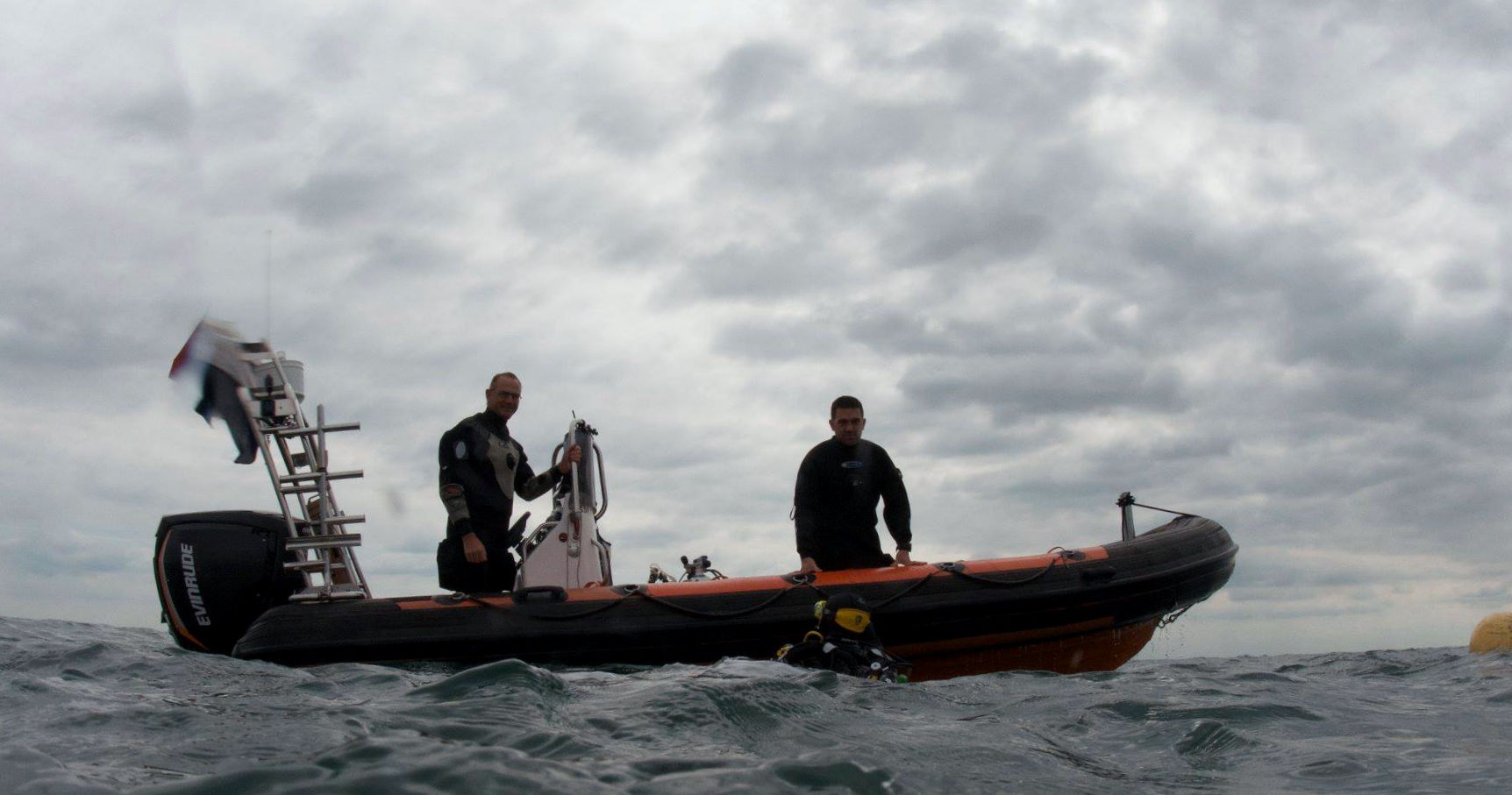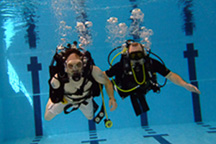![]()
Over the years our club has used a variety of local facilities to help us go diving. There are also a variety of different dive sites available to meet the needs of divers with a wide range of experience and interests.
- Boat Charters
- Launch sites
- Dive Shops (Gas & Gear)
- Inland diving
- Shore Dives
- Boat Dives
- Charts, tides & weather

We are lucky to be located in the middle of the south coast. The local area offers the possibility of a range of diving from shallow easy dives for a trainee diver, to deeper, more challenging dives for the experienced mixed gas diver. The sites are often based around a wreck, with a few gullies or reefs too. The wrecks include a wide range of crafts. They are not limited to just shipwrecks from both wars, even if these are the more common. We have a range of historic sites including the Mulberry Harbours, Tanks & Bulldozers, aircraft, and submarines. There are a few protected sites too, such as the HMS A1, HMS Invincible & Thorness Bay protected wrecks which are diveable with the permission of the respective Licensees.

Sealife varies from season to season. It includes things such as sponges, pink fan coral, Pollack, blennies, pipefish, common starfish, painted top shells, whelks, mussels, oysters, scallops, cuttlefish, dogfish, wrasse, a variety of crabs, lobsters, eels, rays and many flatfish. If you are lucky, then you may be accompanied by a pod of dolphins on your way to the dive site!
Picking the right conditions can be tricky. The Solent Ooze covers some areas and can contribute to the debris floating in the water column. It isn’t helpful when the dredgers are busy improving the local harbours which would otherwise silt up. There are a couple of dumping grounds, the most popular being just south of the Nab Tower to the east of the shipping channel on the east side of the Isle of Wight.

The local tidal forces are unique. The Isle of Wight has an effect and when the conditions are right, you can get a double high tide. This can make planning slack water “interesting” at times. Some areas are better dived at low water slack, whilst a few are better dived at high water slack. There are a handful of drift dives, but most diving is best completed on slack water.
Guides such as “Dive Isle of Wight and Hampshire” or “Dive Sussex” are useful for identifying many of the local dive sites. They haven’t been updated for a few years and there are several errors in many of the listed sites as a result of time and more up to date information becoming available. For more accurate GPS marks, it can be better to use the website https://www.wrecksite.eu/ .
** Under development **
July 2019: This section is currently being built. Some information may be incomplete. Where possible photos may be added too.



